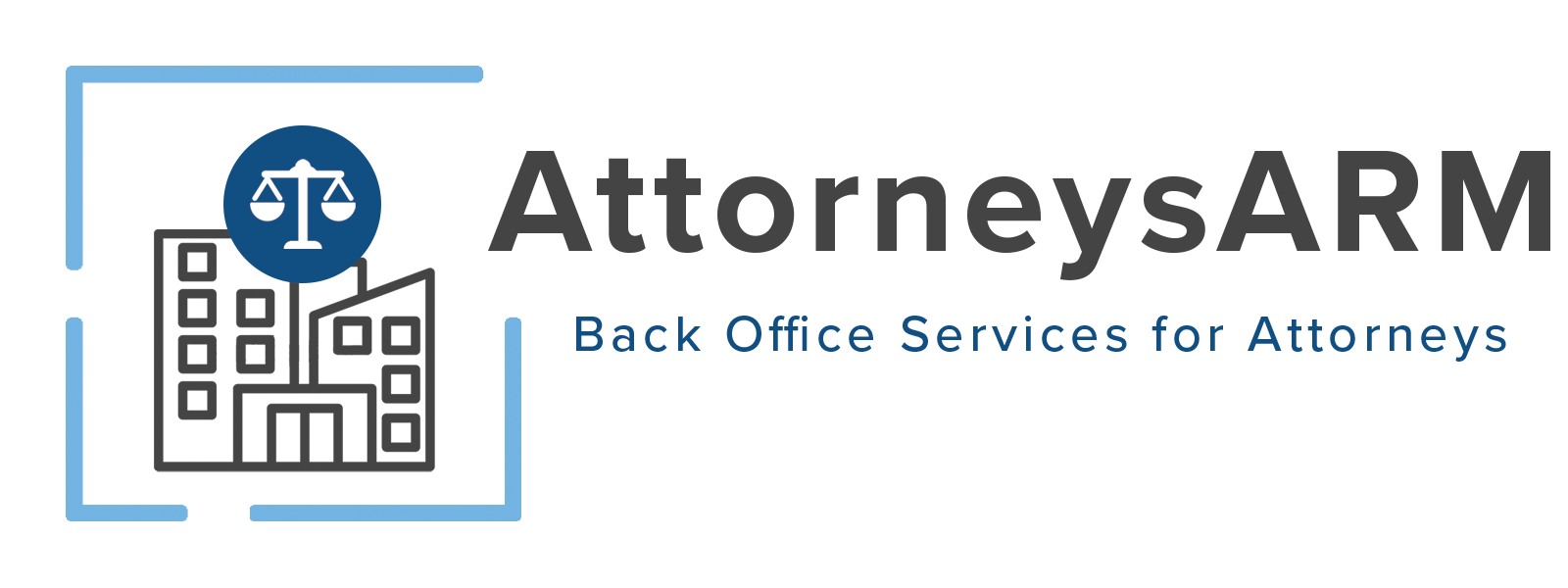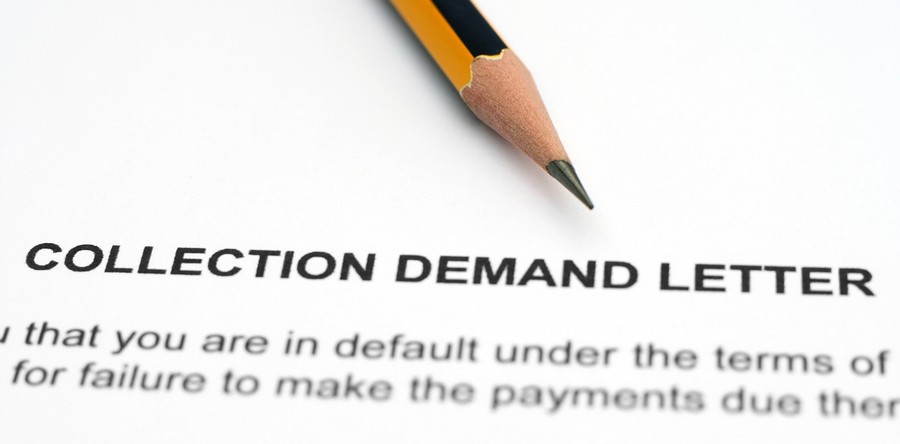Do you have a client with a delinquent account? Are you looking to collect the debt on your own or at least attempt to collect before relinquishing the debt to a debt collection agency?
In our previous post, Collecting Before Collections, we discussed a few tips to walk you through the collections process. Now that you are ready to send out a notice via mail, we are here to guide you through the process of writing a demand letter.
The Anatomy of a Demand Letter
Here are a few basics that every demand letter needs:
Ø Include the clients name and address on every letter sent. You need to be able to prove the letter was sent to the correct person. Additionally, make sure that you send it via certified mail, return receipt requested.
Ø Let the client know you are writing to collect a specific debt. Include the amount due, the services provided for which they owe, an invoice number, any penalties or late fees that their delinquent account has incurred, and the amount of time that the account has been delinquent.
Ø Include available payment options. This can be an address to send their payment to, a phone number to make a payment by phone, a website where they can make an online payment, or your company’s physical address to make a payment in person.
Ø Let the client know you have tried to contact them previously. You should inform the client of the dates that you tried to contact them and by what methods. For example: “We tried contacting you previously at (123) 555-5555 to discuss this matter with you on January 15, 2016. However, we were unable to reach you.”
Ø Provide a phone number and point of contact within your company. This is important because sometimes the reason why customers don’t pay is because they have questions or concerns about their bill and they don’t know who they can ask.
Ø Always be courteous and be sure to follow all guidelines from the Fair Debt Collections Practice Act. This is important because your company can get into legal trouble if the FDCPA is violated. Courtesy is important for many reasons. One of the main reasons, though, is because this very small act can help with customer loyalty. It also helps protect your reputation.
Ø Be persistent without being overly pushy. Send regular notices via mail. This is typically done at 30, 60, and 90 days. Follow up with phone calls. For tips on how to make collections call see our recent post Debt Collections Sample Phone Script.
Ø Always make a copy of any correspondence and keep them on file. Documentation is extremely important. You will need it if you choose to take legal action or if the customer asks for verification of the debt.
Ø Be sure to document everything. This includes any contact made with the client, payment arrangements, accounts paid off in full, or if they can or cannot make a payment at all. Good documentation will help you to decide on your next course of action.
If all else fails, remember that Clients ARM is here for you. We are ready to help with all of your AR and collection needs. We have more than 30 years of Director level experience and we have a 99% collections rate! Give us a call at 206-596-3000 to find out how you can get started!
Here is a sample demand letter to help you:
Feel free to save our sample letter and use it as a guideline for your own demand letter.




